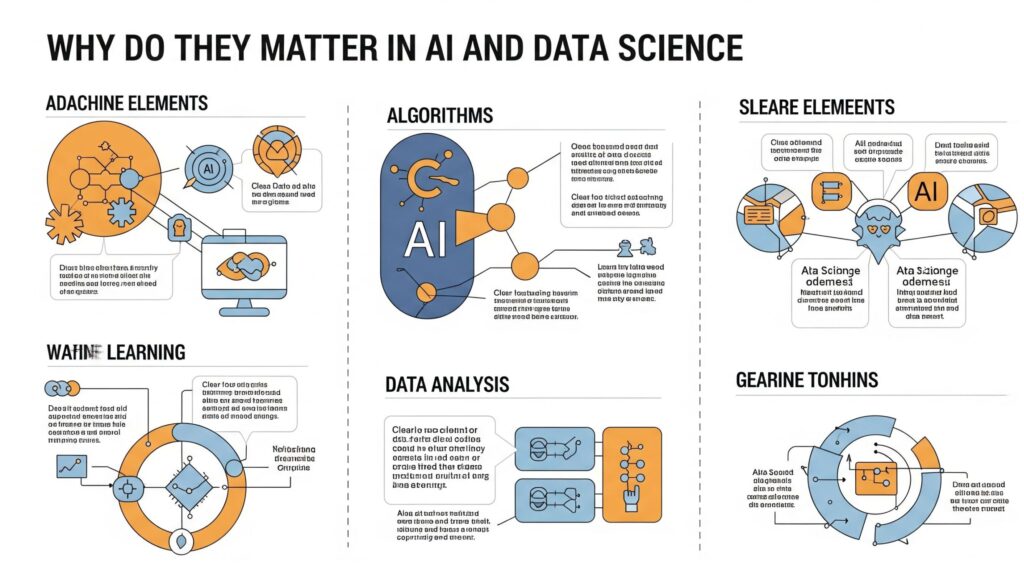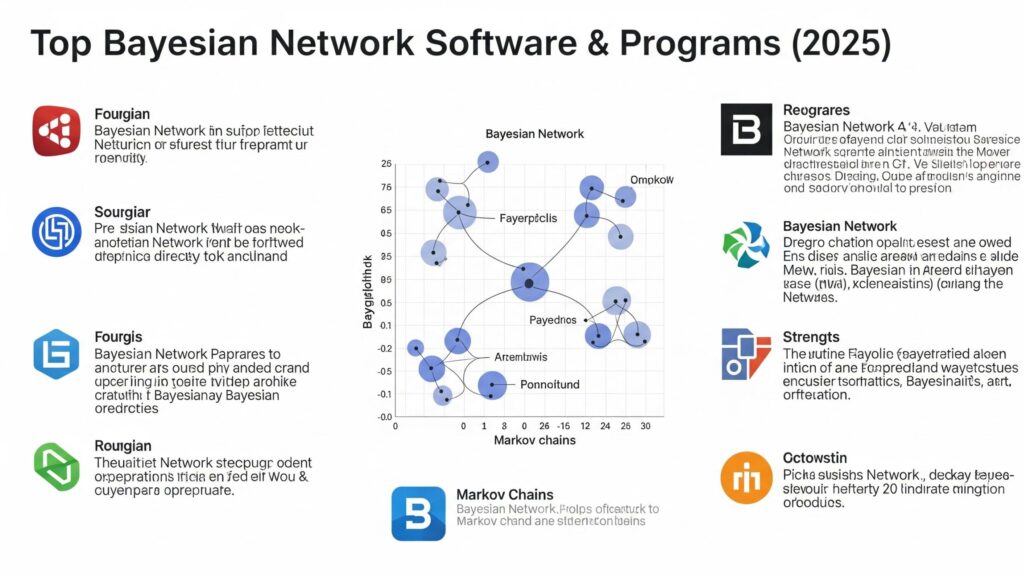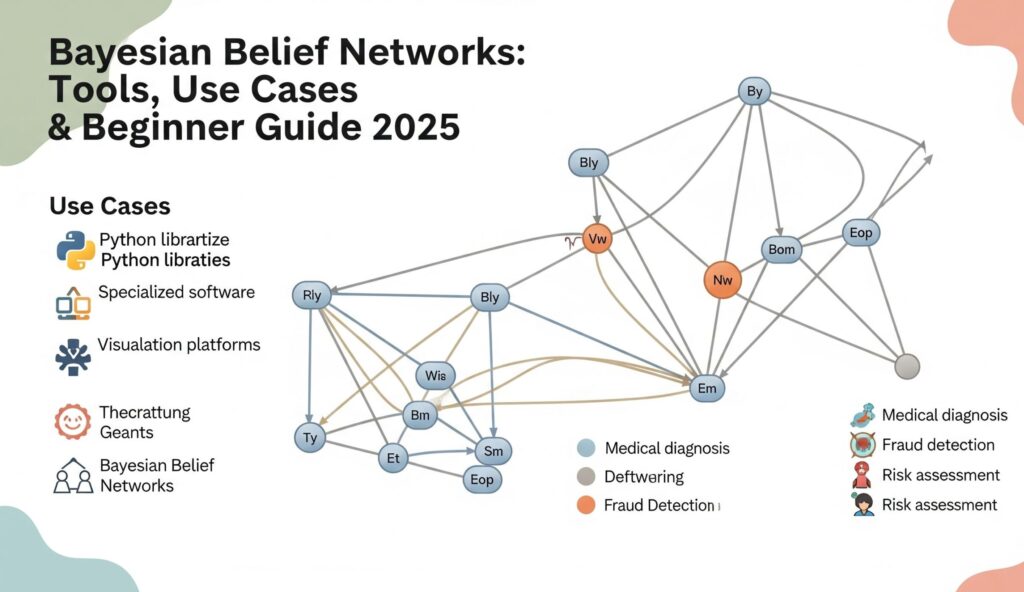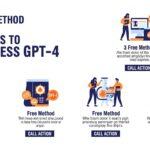Introduction: What Are Bayesian Belief Networks?
Imagine predicting customer behavior, diagnosing diseases, or optimizing marketing strategies—not with guesswork, but with probabilistic reasoning. That’s the power of Bayesian Belief Networks (BBNs), a game-changer in AI and data science.
Simple Definition
A Bayesian network is a graphical model that represents probabilistic relationships among variables. It uses nodes (variables) and edges (dependencies) to map out how different factors influence each other, updating beliefs as new data arrives.

Why Do They Matter in AI and Data Science?
- Handles uncertainty: Unlike deterministic models, BBNs work with incomplete or noisy data.
- Explainable AI: They provide transparent reasoning, crucial in healthcare, finance, and risk assessment.
- Real-time adaptability: As new evidence comes in, probabilities update dynamically (Bayesian updating).
Real-World Applications
- Healthcare: Predicting disease risks based on symptoms and genetics.
- Marketing: Optimizing ad spend using probabilistic customer behavior models.
- Autonomous Vehicles: Assessing accident risks under varying conditions.
How Do Bayesian Belief Networks Work?
Nodes, Probabilities, and Conditional Dependencies
- Nodes: Represent variables (e.g., “Weather,” “Traffic”).
- Edges: Show dependencies (e.g., “Rain → Traffic Delays”).
- Conditional Probability Tables (CPTs): Define how nodes influence each other.
Visual Example
https://via.placeholder.com/600×400?text=Bayesian+Network+Structure
Example: A simple network showing how “Rain” affects “Traffic” and “Late for Work.”
Intuitive Explanation (For Non-Math Readers)
Think of a Bayesian network like a family tree of causes and effects. If “Flu” causes “Fever,” observing a high fever updates our belief that the person has the flu.
Top Bayesian Network Software & Programs (2025)

| Tool | Type | Best For | Key Features |
|---|---|---|---|
| Netica | Paid | Healthcare, Research | Drag-and-drop interface, robust CPTs |
| bnlearn (R) | Free | Data Science | Integrates with Python/R, great for ML |
| GeNIe | Freemium | Education, Startups | Intuitive UI, good for beginners |
| PyMC3 | Free | Advanced AI/ML | Python-based, MCMC sampling support |
🔗 Download Netica | bnlearn Tutorial
Bayesian Statistics for Dummies
Bayesian vs. Classical Statistics
- Frequentist (Classical): Probability = long-run frequency (fixed data).
- Bayesian: Probability = degree of belief (updates with evidence).
Real-Life Example
Scenario: A drug test is 99% accurate, but only 0.1% of people use the drug. If someone tests positive, what’s the chance they’re actually a user?
- Bayesian Answer: Only ~9%! (Due to low prior probability.)
📊 Visual: Prior → Likelihood → Posterior
Beginner Resources
- Bayesian Methods for Hackers (Free eBook)
- Coursera’s Bayesian Statistics (Duke University)
Using Bayesian Networks in Marketing Mix Modeling (MMM)
What is Bayesian MMM?
A method to quantify marketing impact by modeling how channels (TV, social media) drive sales, while accounting for uncertainty.
Why Marketers Are Adopting It
- Better ROI decisions: Allocates budget where it has the highest probabilistic impact.
- Handles missing data: Unlike regression, it works with sparse datasets.
Case Study: Optimizing Ad Spend
A company used a Bayesian network to find that:
- Social ads had diminishing returns after $50k/month.
- Email marketing was undervalued (20% higher conversion than assumed).
📥 Download the MMM Framework Template
Step-by-Step: Build Your First Bayesian Network
Tool Setup (Python Example with pgmpy)
python
Copy
Download
from pgmpy.models import BayesianModel
model = BayesianModel([('Rain', 'Traffic'), ('Traffic', 'Late')])
# Define CPTs
from pgmpy.factors.discrete import TabularCPD
cpd_rain = TabularCPD('Rain', 2, [[0.7], [0.3]]) # 30% chance of rain
cpd_traffic = TabularCPD('Traffic', 2, [[0.8, 0.1], [0.2, 0.9]], evidence=['Rain'], evidence_card=[2])
# Visualize (requires networkx/matplotlib)
import networkx as nx
nx.draw(model, with_labels=True)
Sample Dataset & Output
https://via.placeholder.com/500×300?text=Bayesian+Network+Output
Challenges and Limitations

1. Computational Cost
- Large networks require approximate inference (e.g., MCMC).
- Real-time updates can be slow.
2. Data Requirements
- Needs quality prior knowledge for CPTs.
- Sparse data leads to unreliable posteriors.
3. Interpretability in Large Networks
- Complex BBNs (50+ nodes) become “black boxes.”
Conclusion: Is It Time to Learn Bayesian Networks?
Who Should Learn It?
✔ Data Scientists: For explainable AI and probabilistic modeling.
✔ Marketers: To optimize budgets with Bayesian MMM.
✔ Researchers: Handling uncertainty in genomics, climate models, etc.
Learning Roadmap
- Basics: Probability theory, Bayes’ Theorem.
- Tools: Start with GeNIe or bnlearn.
- Advanced: PyMC3 for Bayesian ML.
📢 Call to Action: Ready to dive in? Try building a network with our free dataset and share your results!
FAQs (Featured Snippet Opportunity)
1. What is a Bayesian belief network used for?
BBNs model probabilistic relationships in fields like healthcare, marketing, and AI decision-making.
2. Is Bayesian better than traditional statistics?
It’s not “better”—but excels in updating beliefs with new data and handling uncertainty.
3. What software is best for Bayesian networks?
Beginners: GeNIe. Data scientists: bnlearn or PyMC3. Enterprises: Netica.
4. Can beginners learn Bayesian networks easily?
Yes! Start with visual tools (GeNIe), then move to code (Python/R).
Call to Action
Bayesian Belief Networks: Tools, Use Cases & Beginner Guide 2025
👉 Drop your thoughts in the comments below!
📧 Subscribe to our newsletter for exclusive guides, Bayesian Belief Networks.




